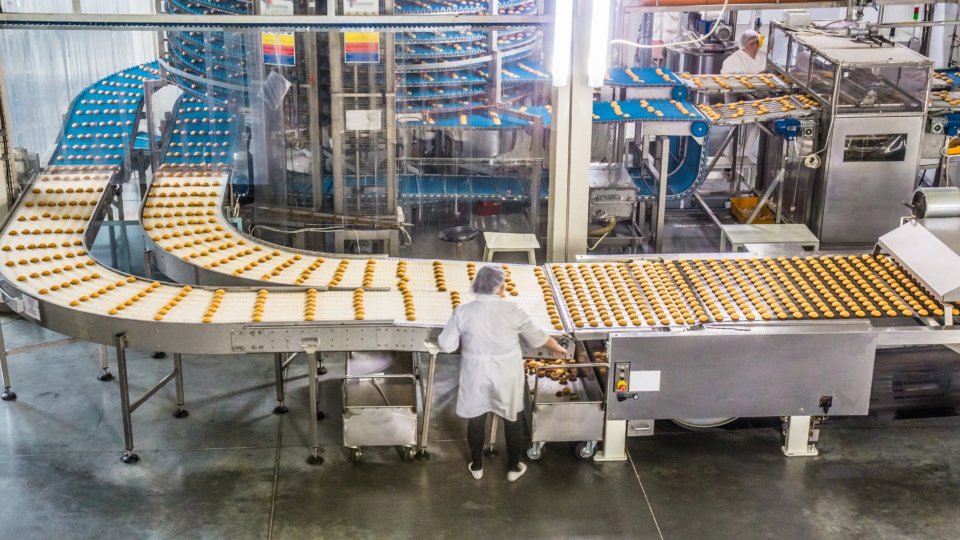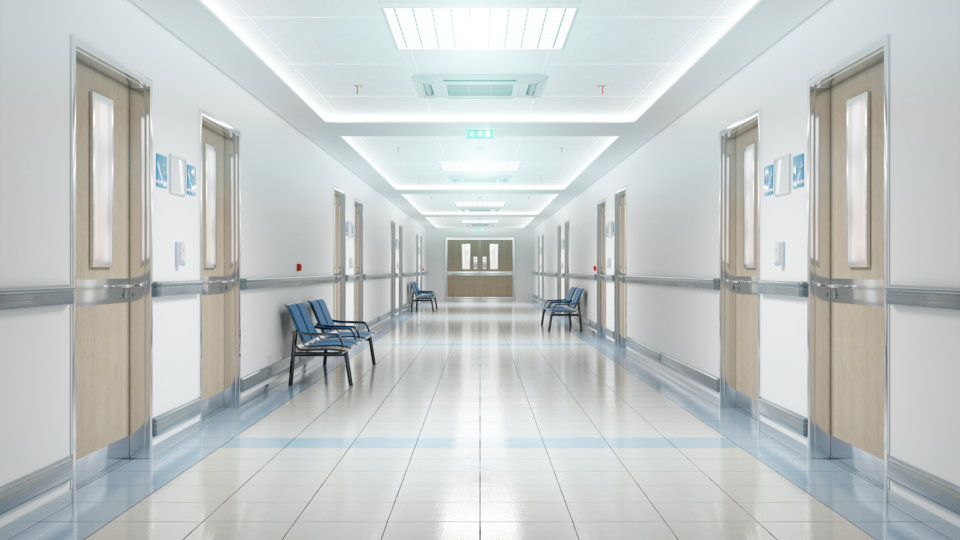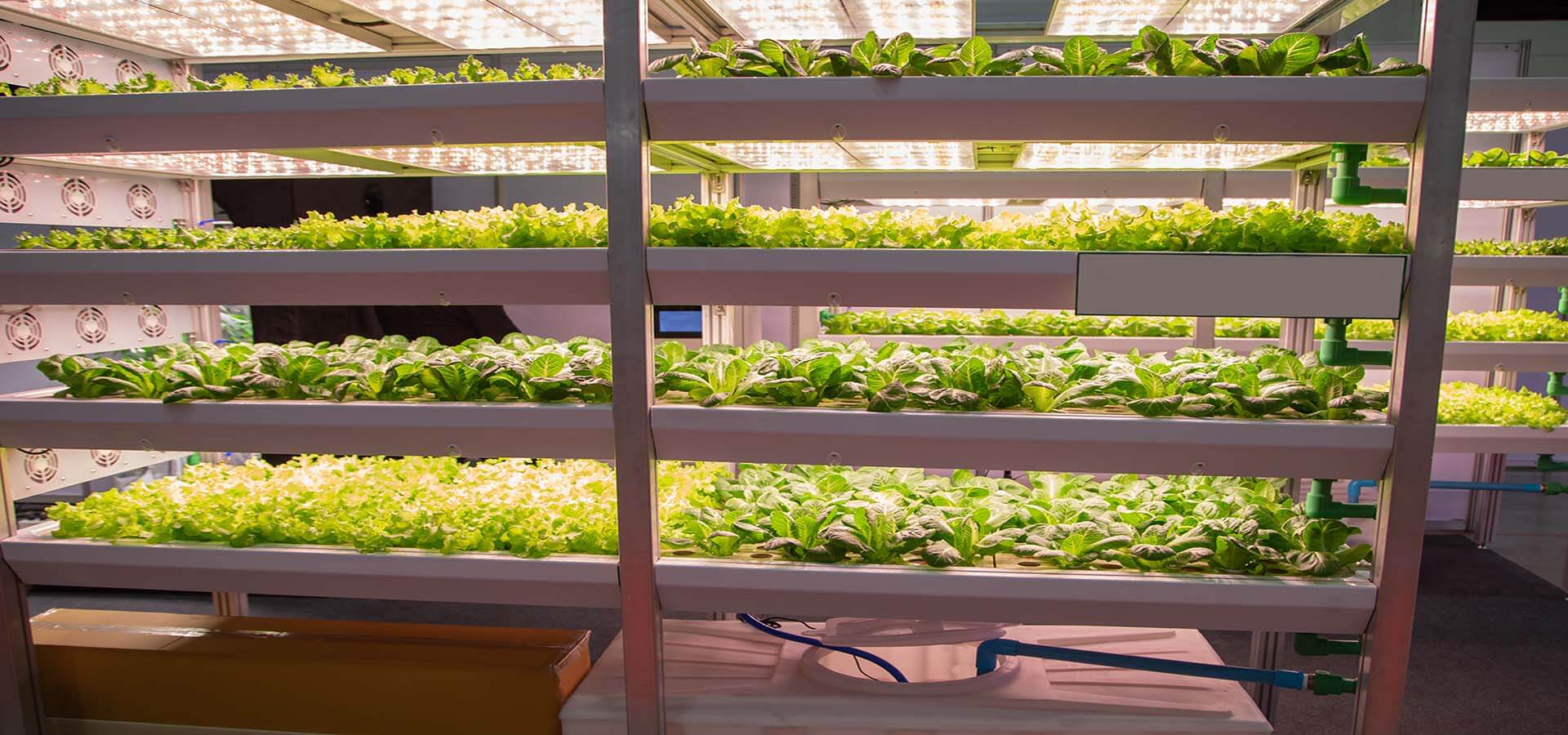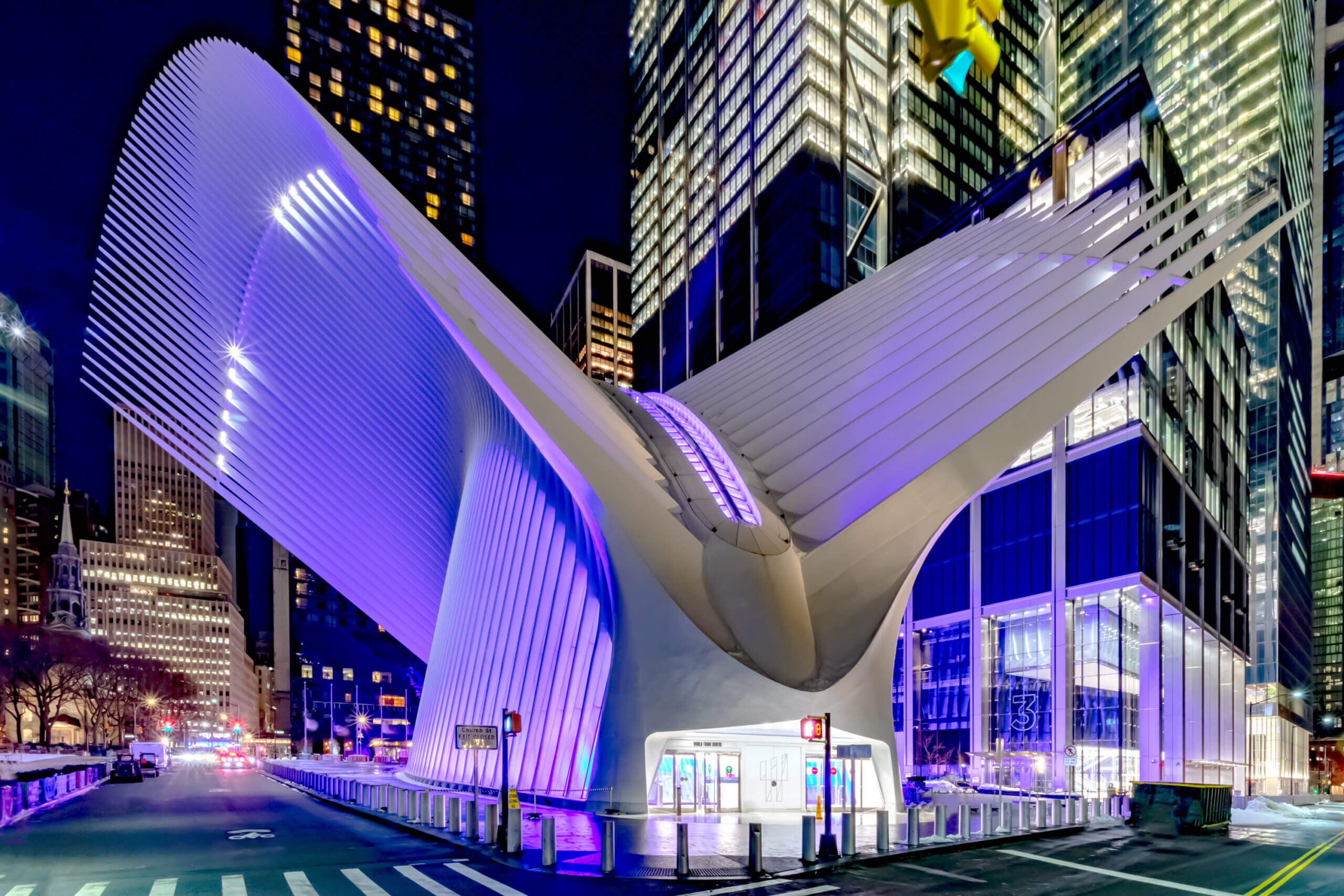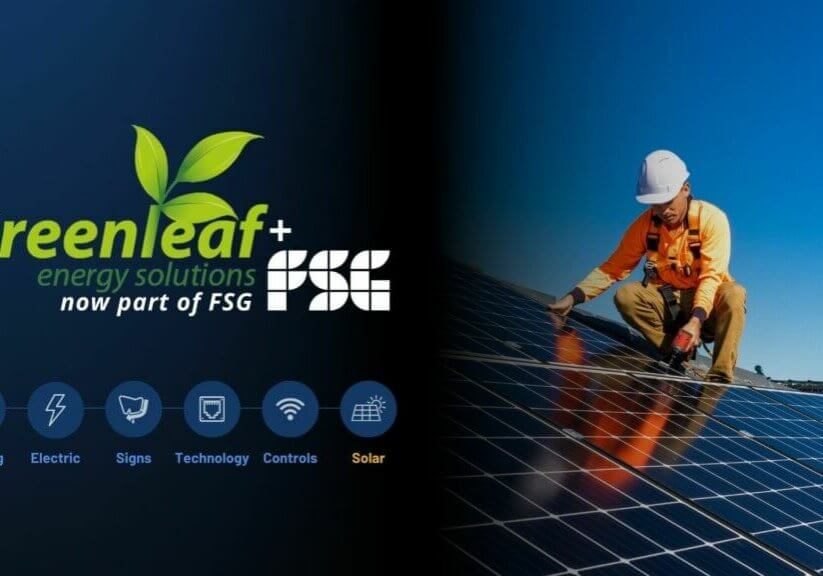Clearing the Air: Improving Indoor Air Quality in 2021
Share Article

As 2020 winds down and we say goodbye to one of the most challenging years in recent memory, it is only natural to hope for smoother sailing and better times to come.
An obvious bit of good news involves the public release of new vaccine therapies that have been shown to be effective against COVID-19. As the new year unfolds, more and more people will receive the new vaccine and we can expect the public health pressures associated with the current global pandemic to ease substantially.
Still, even with the expectation of a new vaccine to finally bring the number of new cases under control, can we ever forget the experiences we shared in 2020? Can we easily forget what we’ve come to understand about how airborne viruses spread through populations?
After all, even as new vaccines come online to address COVID-19, most experts agree that the future will likely contain new viral threats to challenge us. As health experts told us before the current global pandemic, it was never a case of “if”; it was always only “when”.
With that in mind, among the big takeaways from this past year of viral loads, face masks, clean(er) hands, and social distancing, we must remember that whenever and wherever we gather together, Indoor Air Quality (IAQ) matters.
Indoor Air Quality
According to the Environmental Protection Agency (EPA), IAQ refers to the air quality within and around buildings and structures, especially as it relates to the health and comfort of building occupants.
Poor IAQ can deliver both immediate and long-term negative health impacts on people, even during times without pressing global health concerns like COVID-19.
The EPA states that the likelihood of immediate reactions to indoor air pollutants depends on several factors including age and pre-existing medical conditions. Sometimes, a negative reaction is simply a case of individual sensitivity.
Furthermore, while pollutants commonly found in indoor air can cause many harmful effects, there is considerable uncertainty about what concentrations or periods of exposure are necessary to produce specific health problems.
For this reason, an increasing number of facility managers and others responsible for maintaining safe spaces where people meet think proactively about IAQ, and often incorporate a variety of technologies to promote the safety of their commercial buildings, warehouses, school campuses, and places of worship.
Better Living – and Breathing – Through Technology
For churches, theaters, schools, arenas, and exhibition halls, properly sized and installed HVAC systems have long been seen as essential for successful operations. But after the challenges of 2020, HVAC is just the beginning of the discussion for facility managers.
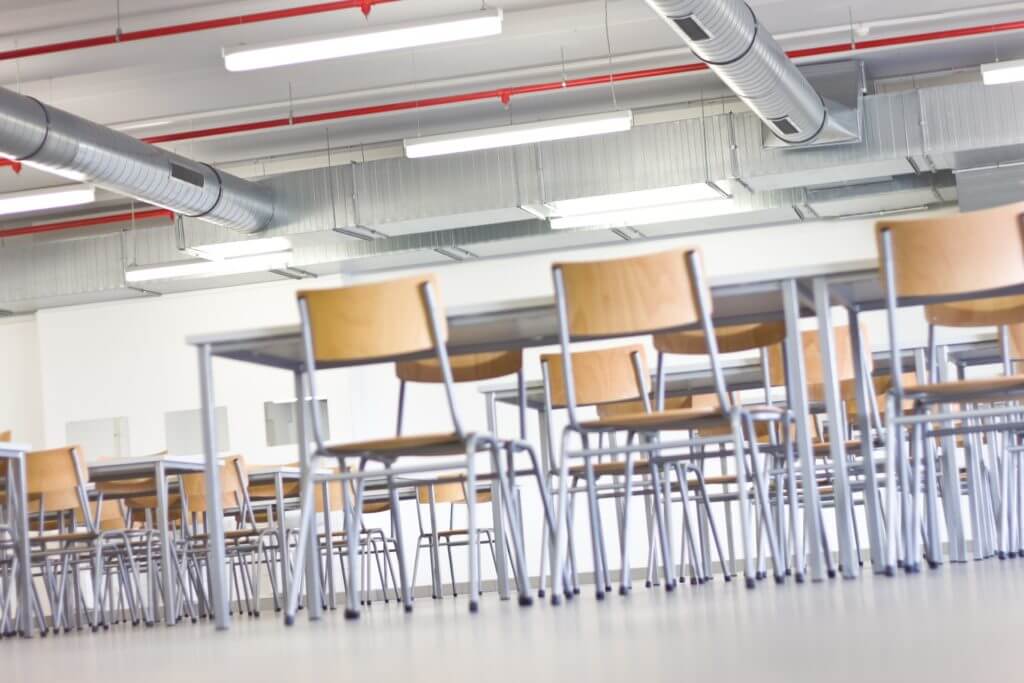
Whether the challenges their worshippers, audience members, students, fans, or business people face are routine or exotic, there is now an expectation that properly-outfitted facilities will take steps to mitigate contaminants, pathogens, and viruses in the air.
Increasingly, facility managers and administrators are relying on new technological solutions to ensure higher IAQ for their enclosed spaces. Two of the most popular choices for raising Indoor Air Quality in facilities today are UV-C lighting and Needlepoint Bipolar Ionization (NPBI).
UV-C Lighting
Ultraviolet (UV) light is a component of the electromagnetic spectrum that falls between visible light and X-Rays. UV light exists on the spectrum at wavelengths between 100 and 400 nanometers (nm).
UV-C is one of four sub-groups of UV light – UV-A, UV-B, UV-C, Far UV – and it exhibits wavelengths between 200 and 280 nm.
Disinfection UV-C lighting is often referred to as Germicidal UV (GUV), as it effectively kills bacteria and deactivates viruses.
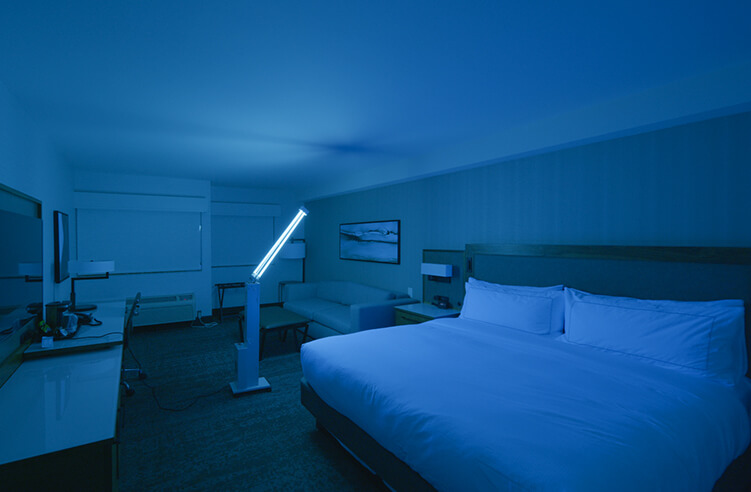
Because of its known disinfection qualities, UV-C has been used widely for that purpose since the 1930’s. The use of UV-C light does carry human exposure risks, however. For this reason, safety control systems are designed within UV-C disinfection units to prevent the system from operating while the space is occupied.
Studies have shown that UVC light effectively inactivates the SARS-CoV-2 virus responsible for the novel coronavirus COVID-19. Successful elimination of the virus occurs when it is directly illuminated by UV-C at the effective dose level.
HVAC UV-C Solutions
Facility managers and administrators can confidently employ Upper Room UV-C disinfection technologies in HVAC ductwork, which allows the technology to continuously clean circulated air without causing harm to people from exposure to the light.
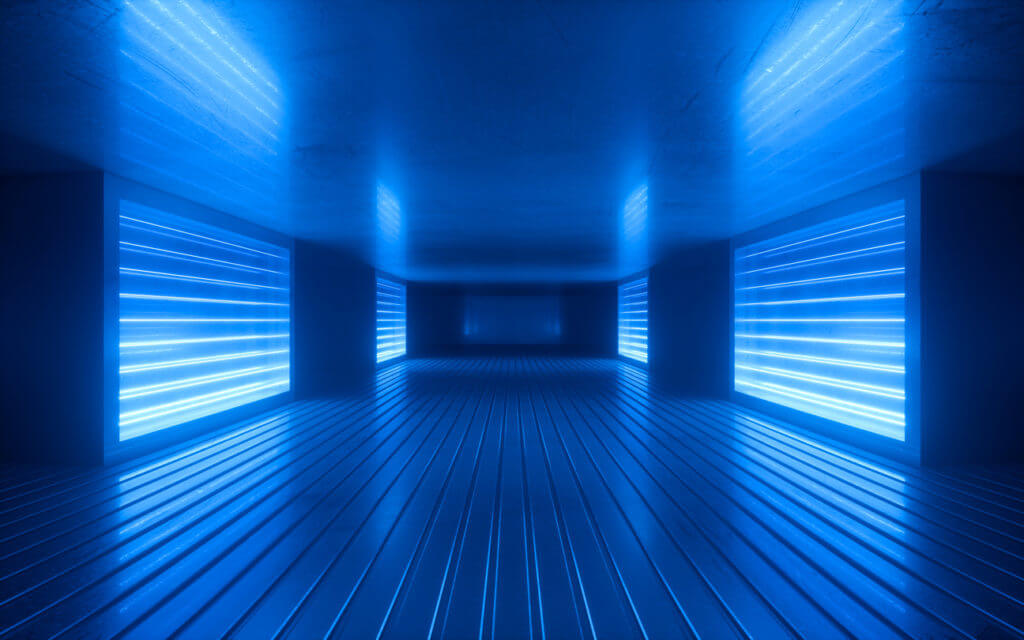
Needlepoint Bipolar Ionization
Recent breakthroughs with Needlepoint Bipolar Ionization (NPBI) technology have provided even more options for facility managers. Unlike unipolar ionization, and earlier bipolar ionization technologies (Corona Discharge), NPBI technology delivers all the disinfection benefits without generating harmful ozone.
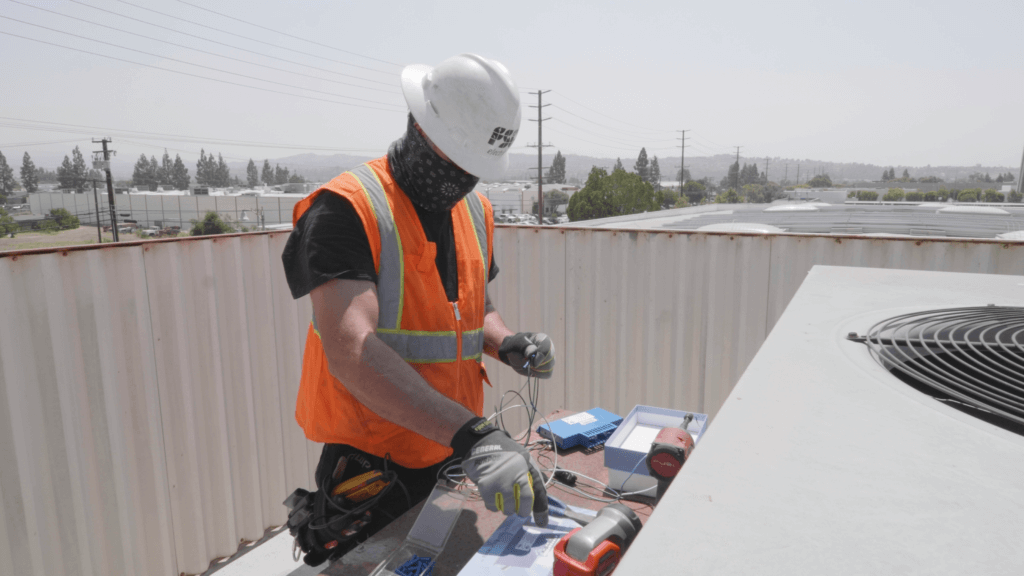
NPBI uses an electronic charge to create a plasma field of both positive and negative ions that travels within the air stream, attaches to pathogens, particles, and gas molecules, breaks them down, and renders them ineffective.
Independent testing from June 2020 showed that NPBI deactivated 99.4% of SARS COVID-2 (the virus that causes COVID-19) in 30 minutes. Importantly, NPBI technology safely deactivates pathogens in the air and on surfaces in real time, while spaces are occupied.
You Decide When to Open. We’ll Show You How
2021 promises to be another year of both great challenge and great achievement. Hopefully, as the year turns we find ourselves on the cusp of a tipping point with the COVID-19 pandemic.
For facility managers and administrators, new applications of old technologies are providing real advantage while redefining expectations for public safety. These technology adopters understand that for their internal and external customers, the perception that facility management has taken steps to protect public health conveys real strategic advantage.
Looking forward, as government and industry experts continue to formulate precise recommendations and guidelines for system sizing and configuration, some facility owners are choosing to proactively integrate systems that demonstrably improve Indoor Air Quality.
Indoor air quality is an important concern for facility managers in all seasons, not just during a global pandemic. Every year, school and work absences across the world are caused by contagious illnesses like Influenza (Flu), Norovirus, and many others.
As we move forward into a healthier 2021, more and more facility managers are acting on the hard lessons learned during 2020 and taking the time to educate themselves about the latest technologies available to ensure safe and healthy indoor air quality.
If you are a facility manager or administrator interested in learning about the latest NPBI and UV technology available to safeguard your facilities, FSG is here to help.
We are ready and available to help from locations all over the U.S. Call us at (512) 886-1258 and learn how affordable and readily available higher Indoor Air Quality can be in 2021.

Other Resources:
NPBI Blog Post: “How Bipolar Ionization Inactivates Airborne Pathogens and Viruses in Facilities”
Download EPA Guide: “Indoor Air Quality Tools for Schools: Preventive Maintenance Guidance”
UV-C Blog Post: “UV-C Lighting: How Effective is it On COVID-19 and Other Viruses?”





